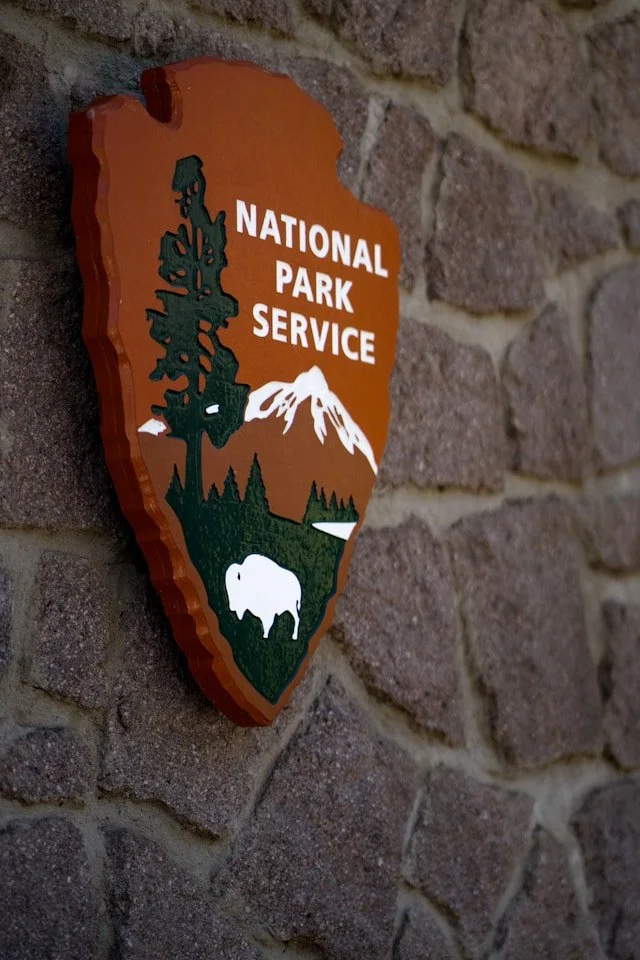The gathered people of God have always sung. Paul incorporates what appear to be familiar songs in his writing, John shares songs in Revelation, and the Psalms provided a hymn book for the early church. The earliest house church discovered in Syria dates to the early 3rd century AD and is covered with beautiful frescoes (one of which I include below). The church from the very beginning worshiped through art.
Gregorian chant developed in the 9th and 10th centuries and then expanded during the 16th century. The Reformers (with Martin Luther leading the way) wrote songs commoners sang along with.[i] A flood of church music was ushered in over the course of the 17th and 18th centuries as Baroque and Classical composers came on the scene and created timeless music for the church.[ii] But even with the advent of such a rich period of church music, it pales in comparison with what even the average churchgoer sings today. The pace of change has never been faster than it is today.
The church began to sing choruses in the 1970s, but they were catapulted to acceptance in the 1990s. Bands such as Delirious and Passion ushered in a new category of worship music that has dominated the Christian music industry and our sanctuaries for the past 30 years. Today we have access to worship music every waking hour through any host of devices and platforms.






